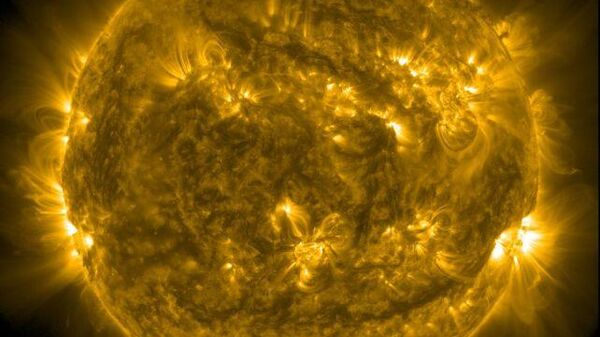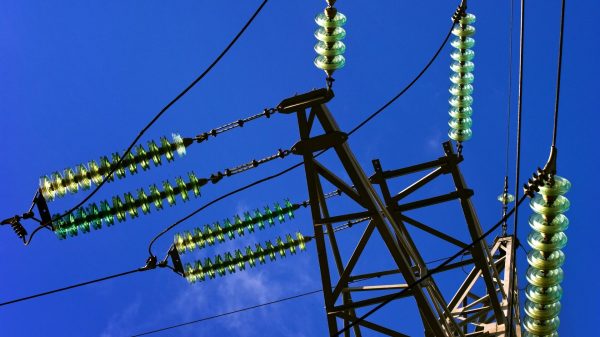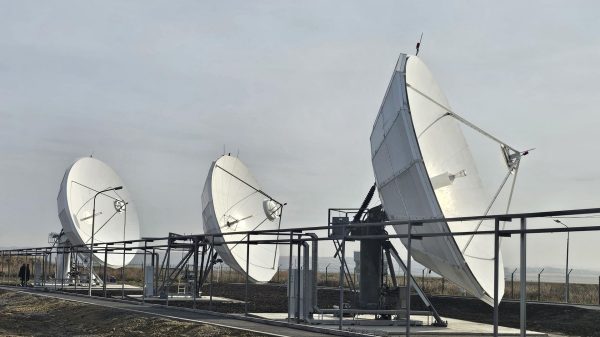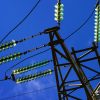
MOSCOW, January 29< /strong> A high-magnitude flare M6.7 occurred on the Sun at about 8:00 Moscow time, reported the Laboratory of Solar X-ray Astronomy of the Space Research Institute (IKI) of the Russian Academy of Sciences and the Institute of Solar-Terrestrial Physics (ISTP) of the Siberian Branch of the Russian Academy of Sciences.
According to the graph presented on the website, on the morning of January 29, a strong solar flare of magnitude M6.7 occurred. It lasted from 6:54 Moscow time to 8:15 Moscow time, reaching a maximum at 7:38 Moscow time.
At the same time, a magnetic storm is not yet predicted. Solar flares can cause magnetic storms on Earth, which, in turn, lead to disruptions in the operation of energy systems and also affect the migration routes of birds and animals. But if the flare occurs at a considerable distance from the Sun-Earth line, it has no effect on the planet.
Solar flares, depending on the power of X-ray radiation, are divided into five classes: A, B, C, M and X.
June 5, 2023, 03:00< /span>
Earlier, scientists reported that the increasing frequency of flares and an increase in their power indicate the Sun is gradually approaching its peak of activity, which, presumably, could occur as early as mid-2024, although, according to some forecasts, it may be shifted and for 2025.
The largest solar flare since 2017 was recorded on New Year’s Eve, January 1, 2024, and was assigned a score of X5.0.
























































Свежие комментарии